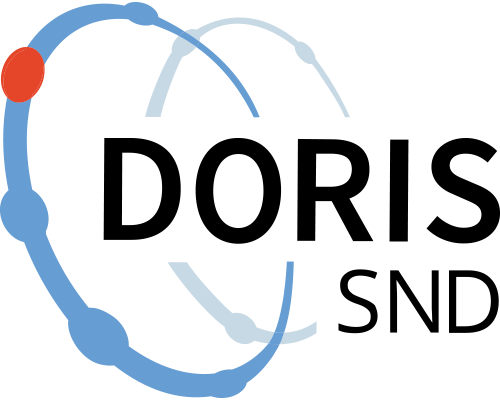Description of study design:
The study was conducted in the “humus balance experiments in different cropping systems”. These Long Term Experiments were established four to five decades ago (1971 and 1980) at four sites (Röbäcksdalen, Säby, Lanna, and Lönnstorp) that span eight degrees of latitude in Sweden (Table 1). The experiments consist of two series. A cereal monoculture series R3–0020 and a 4-year ley rotation series R3–0021, representing two cropping systems, were run in parallel and adjacent to each other at each experiment site (Bergkvist and Öborn, 2011). The cereal series follows a split-plot design and is replicated in four blocks. In each block, straw removal or retention is randomized in the main plots, and four N fertilization rates (0, 40, 80, and 120 kg N ha−1yr−1) are randomized within each main plot, resulting in 32 plots per site. The plot area was 90 m2. Mainly spring-sown barley, oat, and wheat, and occasionally winter wheat, were cultivated, and two sites were put in bare fallow for 1–3 years to control weeds. The whole experiment is mouldboard ploughed in autumn every year.
The grass-clover ley series used a Randomized Complete Block Design with four rates of N fertilization randomly assigned within each of four replication blocks, resulting in 16 plots per site. The plot area was 90 m2 except Röbäcksdalen, which had 105 m2 instead. Four N fertilization rates (0, 50, 100 and 150 kg N ha−1 yr−1) were applied to three years of ley; while when barley was grown, N fertilization rates were the same as for ley at Röbäcksdalen, 0 kg N ha−1 yr−1 in all plots at Säby, and 40 kg N ha−1 year−1 in all plots except the unfertilized control at Lanna and Lönnstorp. In each 4-year rotation, spring barley was undersown with grass-clover every fourth year to establish the ley without harvesting ley in autumn, followed by three years of ley with two cuts per year at Säby, Lanna, and Lönnstorp. At Röbäcksdalen, the ley was undersown with spring barley only during the first year in 1980, but thereafter, the ley was established without a covering cereal crop every fourth year. Barley straw is removed in the year it is grown. The whole experiment is mouldboard ploughed once per rotation, after the third year of ley. Grass-clover ley consisted of meadow fescue (Festuca pratensis, L.), timothy (Phleum pratense L.), and red clover (Trifolium pratense L.).
Description of sampling:
A sampling campaign was conducted at Lönnstorp (sampled in September 2015) and Lanna (sampled in September 2016) to measure SOC content along the soil profile. The first results of this campaign have been published in Börjesson et al. (2018). To obtain a complete dataset for all sites in the series, samples were collected at two other sites, Röbäcksdalen on 25th June 2019 and Säby on 26th August 2020. During the sampling campaigns at each of the four sites, soil samples were taken in the cereal monoculture where crop residues were retained, and in the ley rotation in the treatments with zero and the highest N fertilization rate. Samples were taken using an auger down to 60 cm depth. Five cores per plot were taken and sliced into nine depth layers, 0-20, 20-22.5, 22.5-25, 25-27.5, 27.5-30, 30-35, 35-40, 40-50, and 50-60 cm. The rationale for the denser sampling in the upper subsoil was to detect potential treatment effects in the transition zone between C-rich topsoil and C-poor subsoil. After drying the soil at 40 degree Celsius, carbon and nitrogen content were determined using the dry combustion method on a LECO CNS analyzer (LECO Corporation, St Joseph, MI 49085, USA) (Bukombe et al., 2026).
References
Börjesson, G., Bolinder, M.A., Kirchmann, H., Kätterer, T., 2018. Organic carbon stocks in topsoil and subsoil in long-term ley and cereal monoculture rotations. Biol. Fertil. Soils 54, 549–558. https://doi.org/10.1007/s00374-018-1281-x
Bukombe, B., Bolinder, M. A., Börjesson, G., Menichetti, L., Lang, R., Paustian, K., & Kätterer, T. (2026). Soil carbon accrual in ley rotations compared with cereal monoculture after four decades at four long-term experiments in Sweden. Agriculture, Ecosystems & Environment, 396, 110004. https://doi.org/10.1016/j.agee.2025.110004
Number of individuals/objects:
Data format/data structure:
